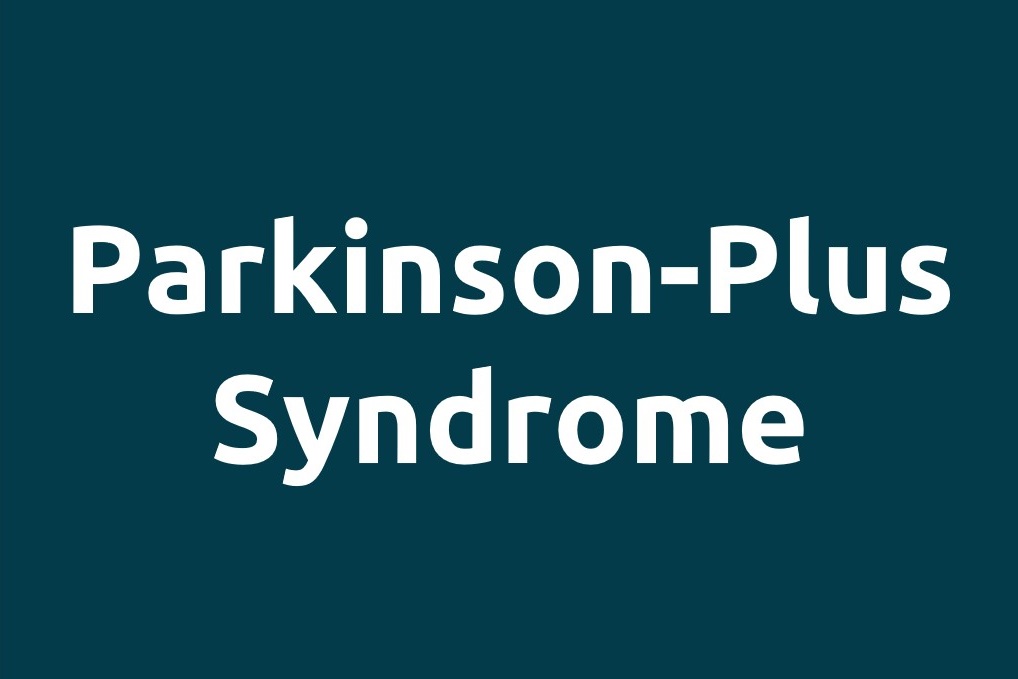

What is Parkinsonism? Atypical Parkinsonism? Parkinson-Plus?
Parkinsonism is a condition characterized by several key motor features:
- Shaking/tremor
- Muscle stiffness (rigidity)
- Slow movement (bradykinesia)
- Shuffling, slow walk
Parkinson’s disease (PD) is the best known form of parkinsonism. Atypical parkinsonism, also called Parkinson-plus syndrome, is when the patient has parkinsonism plus other features including early balance problems/falling, poor reaction to the drug levodopa, early cognitive problems, and impaired control of blood pressure/bowel/bladder.
Progressive Supranuclear Palsy (PSP) is the most common type of Atypical Parkinsonism, but it is only about one tenth as common as PD.
What are the typical features of PSP?
PSP, also known as Steele-Richardson-Olszewski syndrome, affects men and woman equally. On average the disease starts in the early 60’s.
- Early on patients with PSP often have trouble walking, balancing, and falling backwards, often many times a day. They tend to lurch/stagger, and move quickly and impulsively. Some have problems walking where they feel like their feet are glued to the floor.
- Patients experience difficulty with eye movements, especially looking downward. This makes reading difficult and may cause double vision. They can also have involuntary blinking or eye closing and difficulty opening the eyes.
- Slow movement may slow normal daily living activities.
- Patients may experience stiffness, especially neck stiffness.
- Facial expression may change, staring ahead with eyebrows raised and forehead frowned.
- Patients can experience a hoarse, slurred, groaning voice along with moaning and swallowing difficulties.
- Cognitive problems may occur, including loss of motivation and inhibition, emotional variability (pseudobulbar palsy), and dementia.
How is it diagnosed?
PSP is diagnosed based on medical history and neurological examination. When the disease is just beginning, it may look similar to PD making diagnosis difficult. There is no blood or other test but sometimes a brain MRI may help make the diagnosis because doctors can see some shrinking in certain parts of the brain called the midbrain and frontal lobe. The only definite way to diagnose PSP is by doing an autopsy and looking at the brain tissue.
What is the cause?
The cause of PSP is unknown. PSP is associated with accumulation of a protein in the brain called tau that clumps up in all cell types and can be seen in a brain autopsy. The cause of this clumping is unknown. PSP is not usually considered hereditary. PSP is not spread from person to person, and it has not been clearly associated with any environmental exposures.
Is There a Treatment?
There are no treatments to cure, slow down or stop PSP from progressing. Early in the disease, some medications for treating PD (eg. levodopa) may help improve the symptoms of PSP. Some medication used to treat dementia and Alzheimer’s disease may help PSP patients with their thinking and memory troubles.
Botulinum toxin injections may help treat involuntary eyelid closures. There are also medications that may help emotional changes, such as crying or laughing uncontrollably. Antidepressants may help to treat depression and anxiety.
Speech therapists may help to manage speech and swallowing difficulties that could lead to malnutrition and pneumonia. A “talking keyboard” for your computer can also speak for you.
Occupational therapy may help you continue to do daily living activities. Physical therapy may help with walking and balance issues. Certain eye glasses that have mirror-prism lenses may help with vision. Overall, long-term care planning may be needed as the disease progresses.
